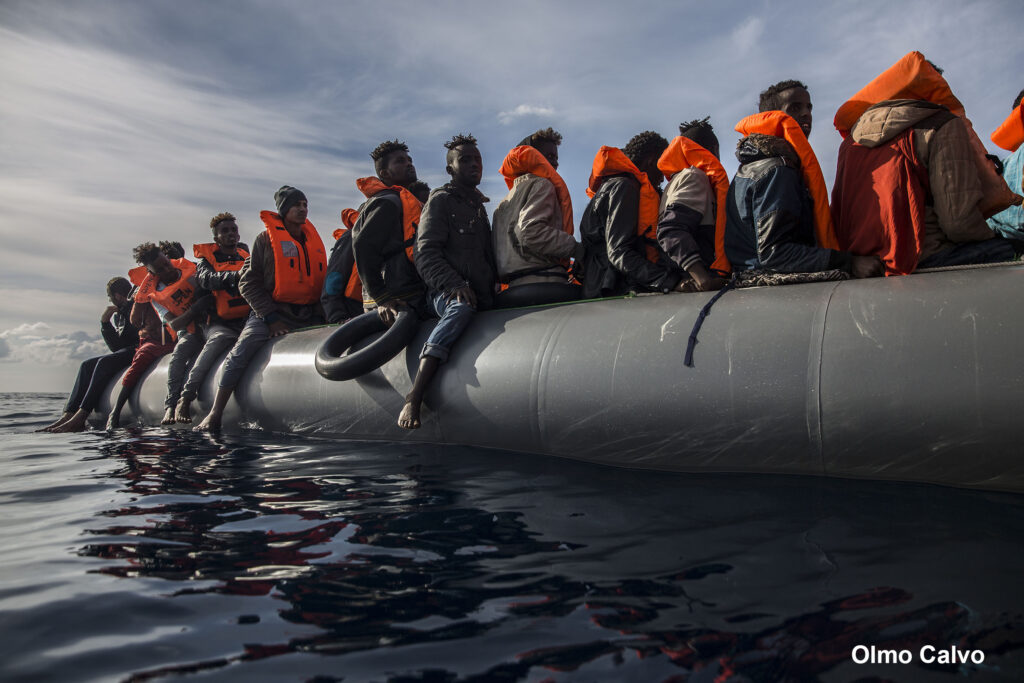
MIGRATION FLOWS
Central Mediterranean
If you believe no life should be left adrift, you’re one of us.
The Route
This route connects the coasts of North Africa with Italy. It is considered the most dangerous sea route in the world. The people who risk taking it come from a wide range of countries — from the Sahel region (Mali, Niger, Chad, Sudan) to Central and West Africa (Nigeria, Cameroon, Democratic Republic of the Congo, Côte d’Ivoire, Ghana, Senegal…).
Once in Italian territory, many people try to continue their journey toward other EU countries, such as France or Germany, although internal border controls have made secondary movements within Europe increasingly difficult.

Departures and Destinations
- The main departure points are usually in two countries: Libya and Tunisia. However, there are also departures from Algeria and Egypt.
- The most frequent destinations are the islands of Lampedusa and Sicily. To a lesser extent, there are also arrivals in Malta.
Detalles
Perfect as it is — clear, impactful, and accurate.
If you’d like a slightly more formal or polished version for a report or webpage, here’s an alternative:
“The majority of deaths in the Mediterranean occur along this corridor. Yet the official numbers fall far short of reality: they only account for the bodies that are recovered — a small fraction, as most people are never found. There are no official records of the boats or passengers, since these crossings are run by smuggling networks.”
Let me know if you need it adapted for a specific audience (institutional, social media, donors, etc.).
The human trafficking networks and political instability in Libya make the situation even worse: many migrants are held in detention centers or suffer abuse before boarding. Partly due to this situation in Libya, there was a significant increase in arrivals to Italy from Tunisia in 2023. This trend is further intensified by the country’s economic and social crisis.
The Italian government has sought agreements with countries of origin and transit to curb departures, while the EU continues to debate new migration pacts to address the pressure in the Central Mediterranean.

